Disarmament of warring groups in sectarian violence-hit Pakistan district – will it bring lasting peace?
Kurram DC says rival groups have begun surrendering arms under the peace deal, but some locals remain skeptical about its long-term impact
Kamran Ali
Correspondent Nukta
Kamran Ali, a seasoned journalist from Khyber Pakhtunkhwa, Pakistan, has a decade of experience covering terrorism, human rights, politics, economy, climate change, culture, and sports. With an MS in Media Studies, he has worked across print, radio, TV, and digital media, producing investigative reports and co-hosting shows that highlight critical issues.
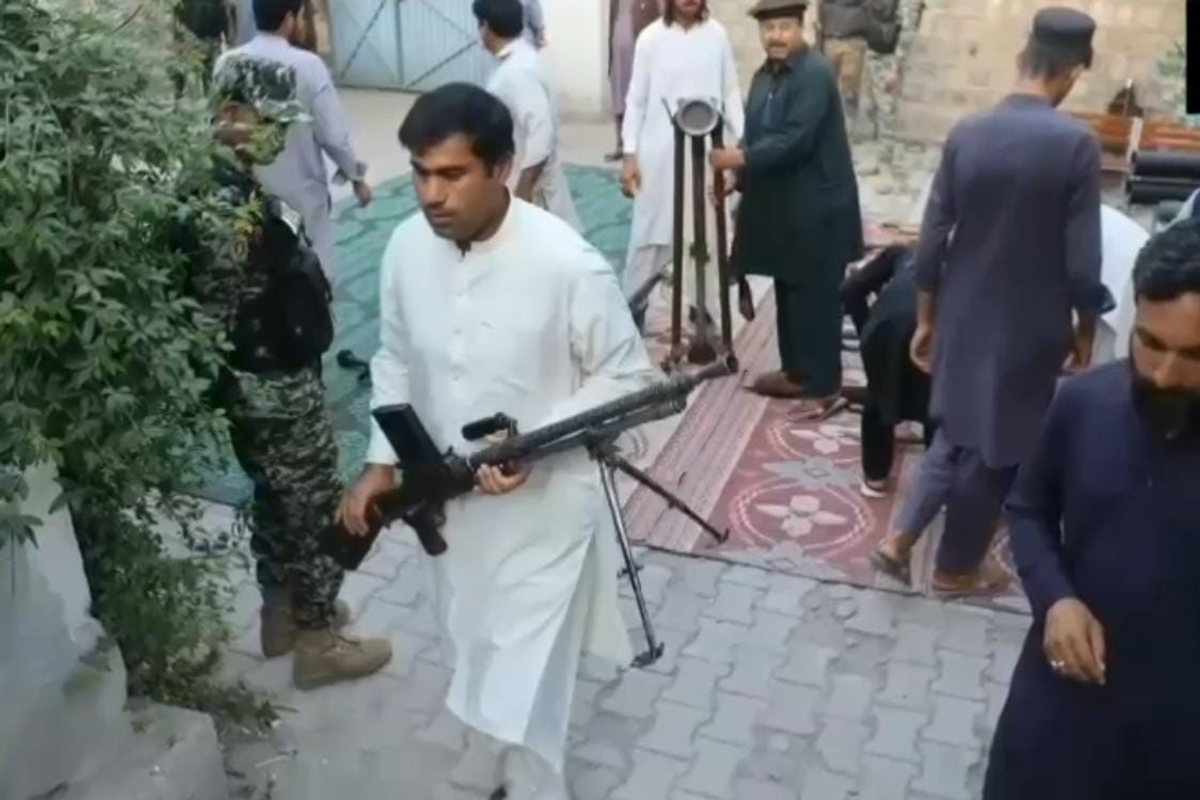
Weapons surrendered by rival groups under security forces’ supervision in Kurram.
Nukta
In a major step toward ending a long-running sectarian conflict, authorities in Kurram district of Pakistan’s Khyber Pakhtunkhwa province have begun a formal disarmament process involving rival factions that had been at the center of months of unrest.
The voluntary handover of weapons signals a turning point in efforts to restore calm to the region, which had seen repeated outbreaks of violence, road blockades, and heavy security deployments. The disarmament initiative comes nearly four months after a peace agreement was reached between the opposing sides -- representing the Sunni and Shia communities -- and is being seen as a hopeful sign of their commitment to ending hostilities and moving toward lasting stability.
According to Kurram Deputy Commissioner Ashfaq Khan, both communities have begun handing over their weapons as part of the reconciliation process. “Weapons have been submitted from various areas, including Baggan, Sadda, Uchat, Ahmadzai, and Mir Bakhail,” he said.
The seized arsenal includes a wide range of heavy weaponry such as rocket-propelled grenades (RPGs), 12.7mm machine guns, 10-inch missile launchers, 82mm mortars, and large stockpiles of ammunition.
Khan added that the district is now "on a path toward durable peace, with all possible efforts being made to ensure long-term stability and inter-communal harmony".
Hope meets hesitation
Haji Zaman Hussain, Secretary of Anjuman Hussainia -- a prominent Shia socio-religious body in Kurram -- welcomed the progress, noting that while the surrender of weapons by all factions is a positive step, genuine reconciliation hinges on the full implementation of the remaining 14 clauses of the Kohat Peace Accord.
“The authorities must also work toward reopening the main road in the district to ensure a complete return to peace and normalcy,” he urged.
However, not all voices are in agreement. Musarrat Hussain, a Parachinar-based Shia leader, told Nukta that disarming at this stage is a misguided move. He argued that Kurram’s proximity to the Afghan border and the ongoing threat of militancy make personal weapons a necessary means of self-defense.
“People armed themselves because the state and its institutions have repeatedly failed to ensure their safety,” he said. “Weapons have been handed over on at least three occasions since 1996 -- yet they always find their way back into Kurram. The real question is: where are they coming from, and how?”
Ali Jawad, chairman of the Kurram Civil Society and a Shia representative in the peace jirga, offered a more cautious perspective on the disarmament efforts. He argued that while the handover of weapons is a step forward, it will not resolve the deeper, underlying issues --especially as arms continue to be smuggled in with ease from neighboring Afghanistan.
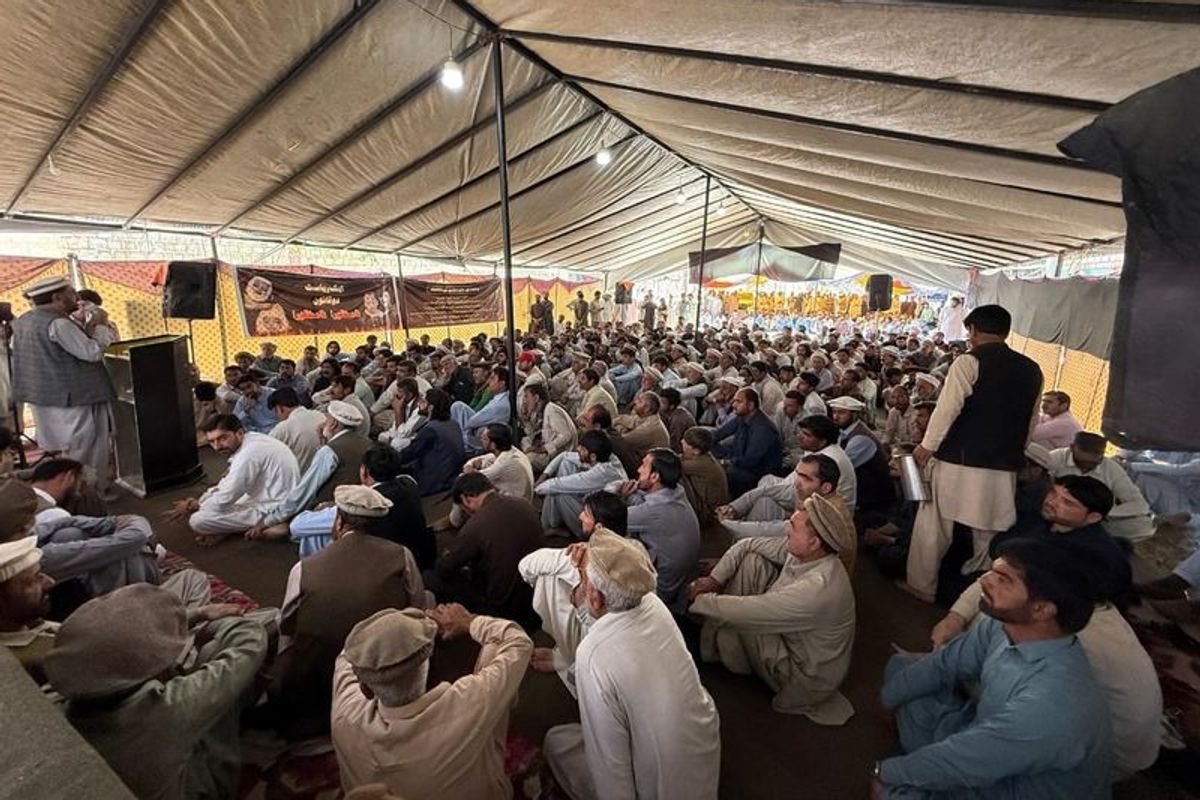
“Unless the government shows genuine commitment and resolves long-standing land disputes -- particularly in Central Kurram, Maqbal, Kunj Alizai, and Balash Khel -- through the Land Revenue Commission, peace will remain fragile,” he warned. “These land conflicts often escalate into sectarian violence.”
Dr. Abdul Qadir, a Sunni leader from Lower Kurram, also voiced concerns about the outcome of the disarmament process. He stressed that the government must ensure weapons are surrendered from Shia-majority areas as well, warning that partial disarmament would only prolong tensions.
“If all weapons are not surrendered, tensions will persist,” he said, adding that he remains hopeful the initiative will at least offer a measure of protection to innocent civilians caught in the crossfire of future unrest.
Izzat Gul Orakzai, head of the Grand Peace Jirga, told Nukta that all parties involved in the conflict are required to hand over their weapons voluntarily within a 20-day window.
“Those who refuse to comply will only face difficulties,” he cautioned, adding that the government is fully prepared to conduct targeted operations -- similar to those previously carried out in parts of Lower Kurram -- to recover illegal arms.
Orakzai further noted that once the disarmament process concludes, key routes across the district will be reopened in line with the terms outlined in the peace agreement.
Ground Zero ‘cleared’
According to the Kurram District Administration, all 979 privately constructed bunkers across the district have been dismantled, and the process of collecting weapons from all involved parties is now underway as per the peace agreement.
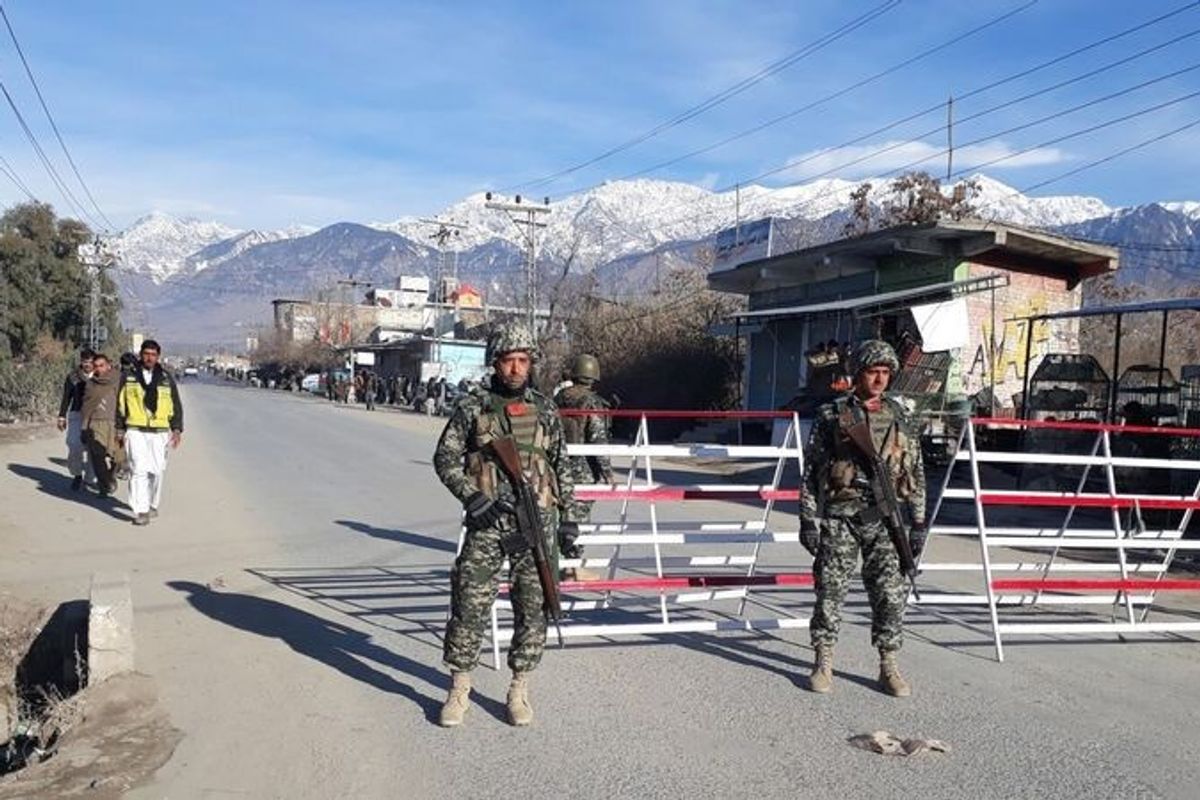
“In an effort to ease the hardships of over 400,000 residents of Parachinar affected by the closure of the main route since October 12, 2024, a total of 2,261 vehicles carrying essential supplies have been dispatched to the area,” an official said.
A security source, speaking to Nukta on condition of anonymity, revealed that a dedicated Road Protection Force (RPF) is being established for the district. So far, 200 personnel have been recruited, with another 200 hires in progress.
The beginning of the crisis
Kurram, a tribal district bordering Afghanistan, has long been a flashpoint for sectarian violence in Pakistan. Tensions escalated sharply following a deadly attack on a convoy traveling from Parachinar to Peshawar on November 21, 2024, which left 43 people dead.
The incident triggered widespread retaliatory violence that killed over 150 people, injured more than 200, and severed key road links, plunging the region into chaos.

In response, the Grand Peace Jirga brokered a 14-point agreement in January 2025, prioritizing disarmament, dismantling of bunkers, and reopening of the main route. However, sporadic violence persisted, disrupting aid flows and prompting military operations in parts of Lower Kurram.
While the removal of bunkers has been completed, the full disarmament process is still ongoing -- and with intercommunal trust still fragile, the path to lasting peace in Kurram remains uncertain.
The peace deal
A glimmer of hope has emerged for Kurram district following the peace agreement reached earlier this year. But what exactly does the deal warrant?
The 14-point agreement includes:
- Resolving land disputes under the Murree agreement of 2008
- Rehabilitating displaced residents
- Collecting both heavy and light weapons
- Dismantling bunkers within a month
- Enforcing strict measures against hate speech
Local and district peace committees will act as mediators in disputes, with unresolved issues escalated to the grand jirga and the government. Violators of the agreement will face strict penalties, and neighboring villages may be held accountable unless proven otherwise.
Although the peace deal was finalized with hopes of lasting peace, some key stakeholders had not signed it, and both rival groups still had their reservations -- leaving its full implementation stalled.



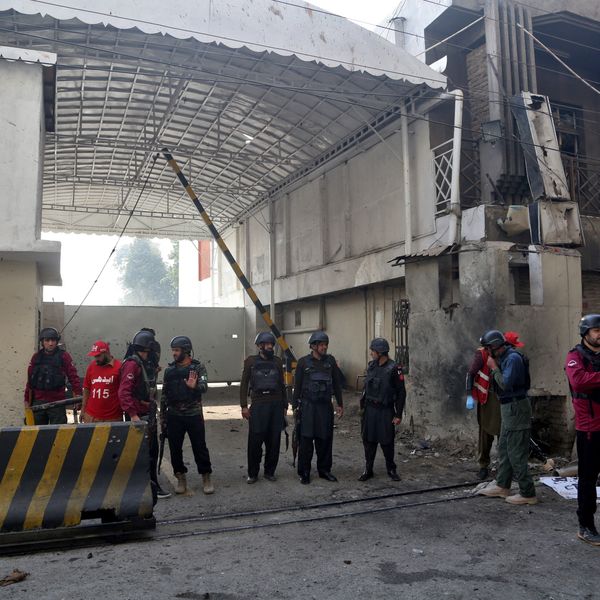
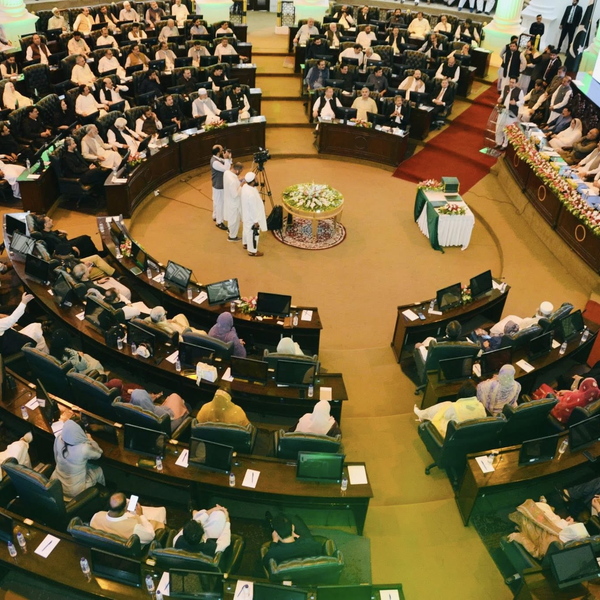
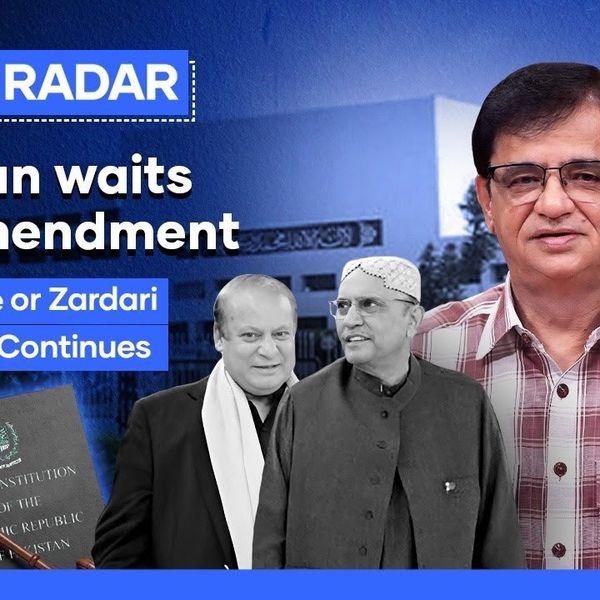




Comments
See what people are discussing